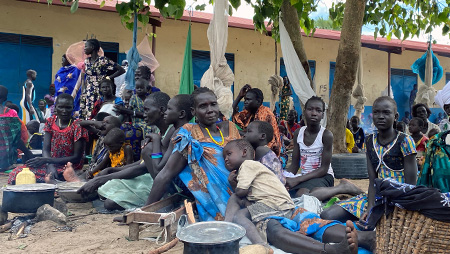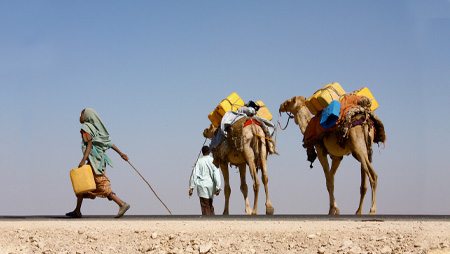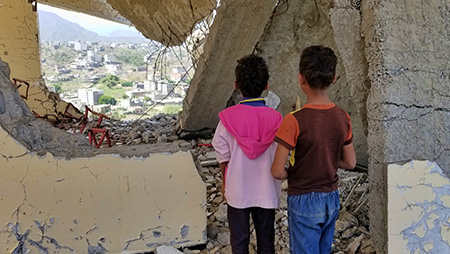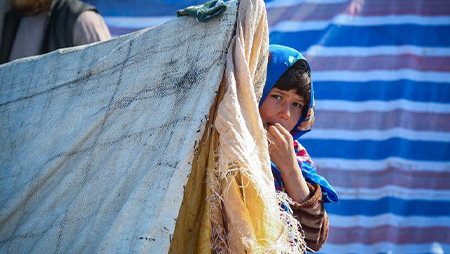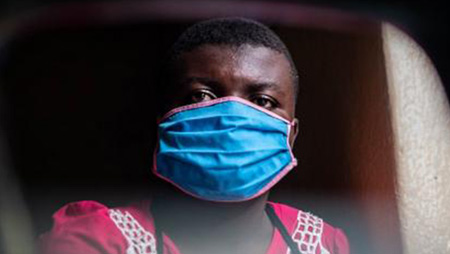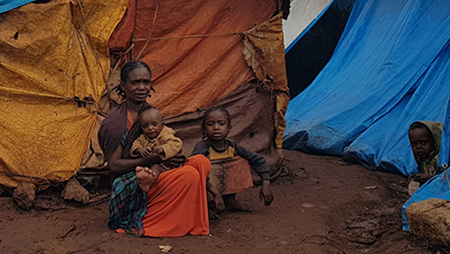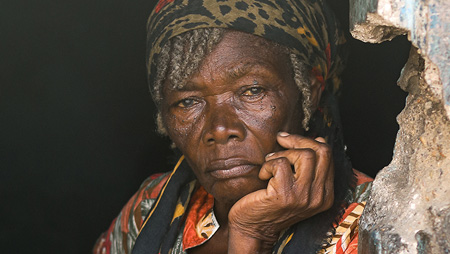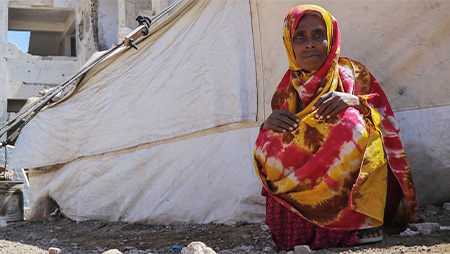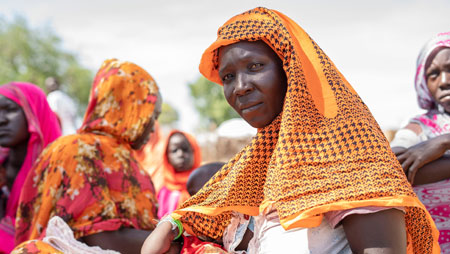Countries In Focus
South Sudan: IPC Results October 2020 - July 2021
The IPC Acute Food Insecurity analysis was conducted in South Sudan from October 26th to November 16th, 2020. During the vetting session of the analysis, a breakdown in consensus among the country IPC Technical Working Group members emerged in relation to the estimation of populations in IPC Phase 5 in six counties [...]
Ethiopia: High levels of acute food insecurity due to COVID-19, displacement, desert locusts and high food prices
In the analysis period of October to December 2020, about 8.6 million people (16% of the analysed population) are facing high levels of acute food insecurity (IPC Phase 3 or above) despite ongoing Humanitarian Food Assistance (HFA). Of these, about 7.2 million people are classified in Crisis (IPC Phase 3) and about 1.4 million people in Emergency (IPC Phase 4).
Conflict, high food prices, depreciation of local currency and disrupted livelihoods are the major drivers of acute food insecurity.
From October to December 2020, 13.5 million people (45% of the analysed population) are facing high levels of acute food insecurity (IPC Phase 3 or above). Between January and June 2021, the number increases by nearly 3 million to 16.2 million people (54% of the total population analysed) likely to experience high levels of acute food insecurity (IPC Phase 3 or above).
Over 13 million people in Afghanistan likely to face high levels of acute food insecurity
Between August and October 2020, corresponding to the post-harvest season, it is estimated that a total of 11.15 million people (36% of the analysed population) were facing high levels of acute food insecurity (IPC Phase 3 or above) and require urgent humanitarian action.
Over 21 million people in DR Congo facing high levels of acute food insecurity driven by conflict, COVID-19, flooding and economic decline
In the current period (July to December 2020) out of the 66.6 million people analysed in the Democratic Republic of Congo, 21.8 million (33%) are facing high levels of acute food insecurity, classified in IPC Phase 3 or 4 (Crisis or worse)
Ethiopia: 8.5 million people in urgent need of action
Out of the total population of 7.96 million people in the 133 analysed districts, 2 million were estimated to be highly food insecure (IPC Phase 3 and above) in the period from February to April 2020, representing 25% of the population analysed.
Haiti: 42% of population facing high levels of acute food insecurity
Out of the total population of 7.96 million people in the 133 analysed districts, 2 million were estimated to be highly food insecure (IPC Phase 3 and above) in the period from February to April 2020, representing 25% of the population analysed.
Yemen: High levels of food insecurity persist
Out of the total population of 7.96 million people in the 133 analysed districts, 2 million were estimated to be highly food insecure (IPC Phase 3 and above) in the period from February to April 2020, representing 25% of the population analysed.
Sudan: High Food Insecurity Levels in Sudan Persist
In the current period (June to September 2020), an estimated 9.6 million people (21% of the population analysed) are experiencing Crisis or worse levels of food insecurity (IPC Phase 3 or above) and are in need of urgent action. This is the highest figure ever recorded in the history of IPC in Sudan compared to previous years.
East and Horn of Africa Food Insecurity in the context of Desert Locusts and COVID-19
The East and Horn of Africa region is already home to some of the most food insecure populations in the world. Now, with countries such as Ethiopia, Kenya and Somalia currently facing one of the worst desert locust infestations in decades, coupled with the impacts of COVID-19, experts fear that the health crisis transforms into a food crisis unless global, regional and country level coordinated action is in place to control the economic crisis.
Join our mailing list

